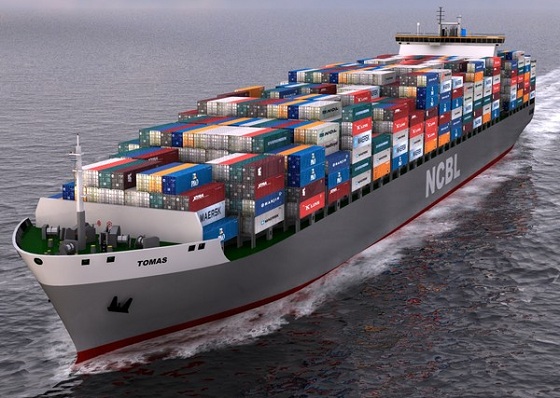
Container Vessels
Container ships are cargo ships that carry all of their load in truck-size intermodal containers, in a technique called containerization. They form a common means of commercial intermodal freight transport.
General Cargo Ships
The General Cargo Vessel is to be built to carry specific cargoes; all vessels were simply general or dry cargo vessels, i.e. built to carry any and all cargoes either in drums and bales or on pallets. Such cargoes were put in general holds with no specialization.
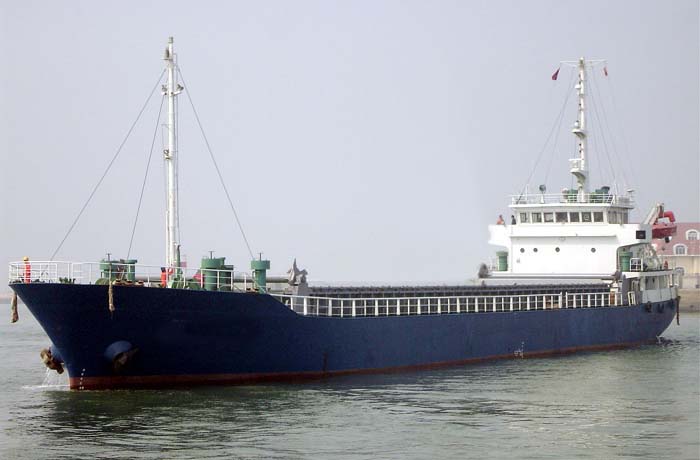
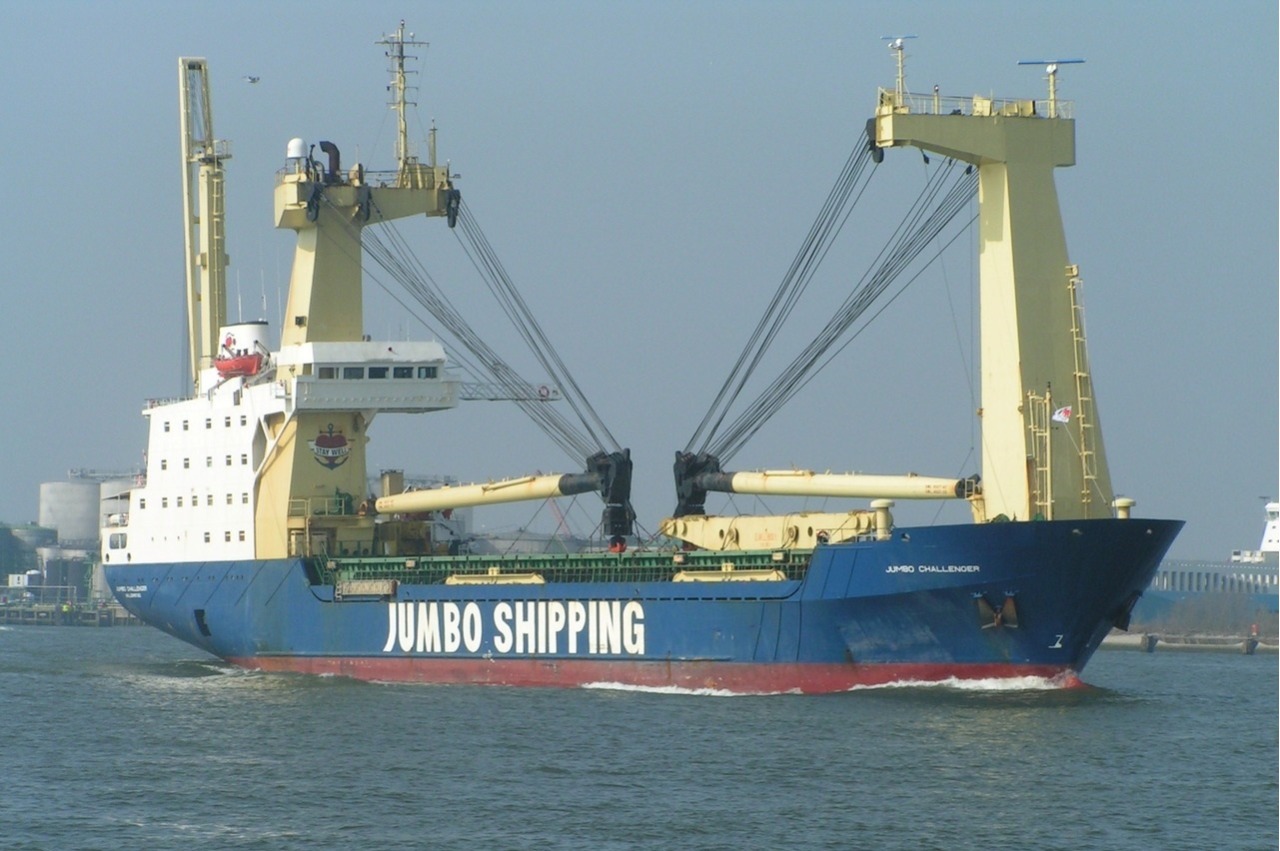
Heavy Lift Vessels
Heavy lift vessels are quite amazing vessels, built to load, carry and discharge large, unusual shaped cargoes (or even smaller vessels) that will simply not fit inside the holds of conventional vessels. Shaped quite unlike any other cargo vessels, heavy lift vessel are designed to cope with unusually large cargos that will not fit inside normal, conventional vessels. There are three basic methods of loading/discharging these specially strengthened vessels: Load on – Load off | Roll on – Roll off | Float on – float off.
Tug Boats Boats
The tugboat has a number of functions ranging from towing vessels into berths, to firefighting, salvage and anchor handling/positioning.
Tugs range in size (and power) depending on the tasks that they required to perform. A small harbour tug may only have 3 – 400 BHP (Brake Horse Power), whereas a large ocean-going salvage tug may have up to 10,000 BHP engines, capable of towing large cargo vessels off sandbanks and rocks.
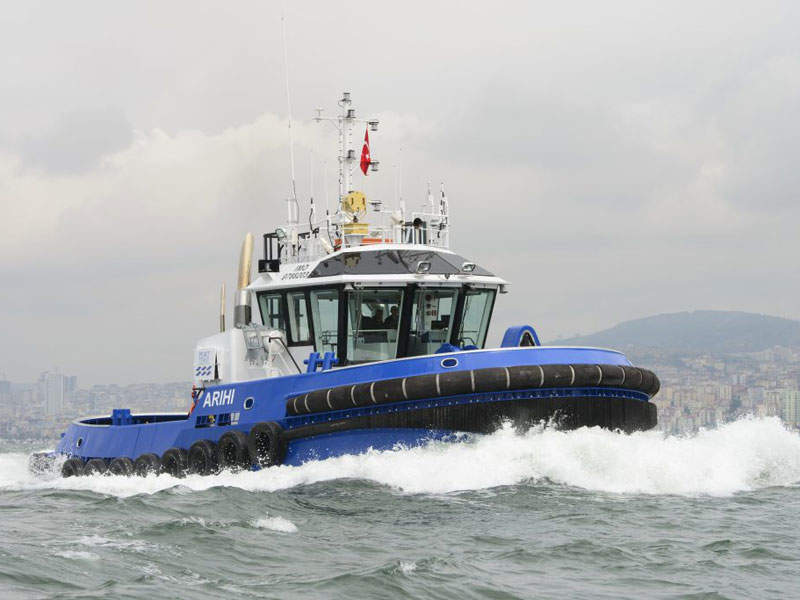

RO RO Vessels
The Ro-Ro, or more fully the Roll on – roll off vessel, comes in a number of shapes and sizes, but generally in two types; the passenger ro-ro and the Cargo ro-ro.
Passenger ro-ro’s have become common sights wherever people want to travel over water with their vehicles. It is probably the only type of cargo vessel that most people have travelled on. Usually a rear door (but sometimes a bow door) allows for vehicles to be driven on and off, stored on the car deck below the passenger accommodation areas.
Bulk Carriers
A bulk carrier is an ocean-going vessel used to transport bulk cargo items such as iron ore, bauxite, coal, cement, grain and similar cargo. Bulk carriers can be recognized by large box-like hatches on deck, designed to slide outboard or fold fore-and-aft to enable access for loading or discharging cargo.
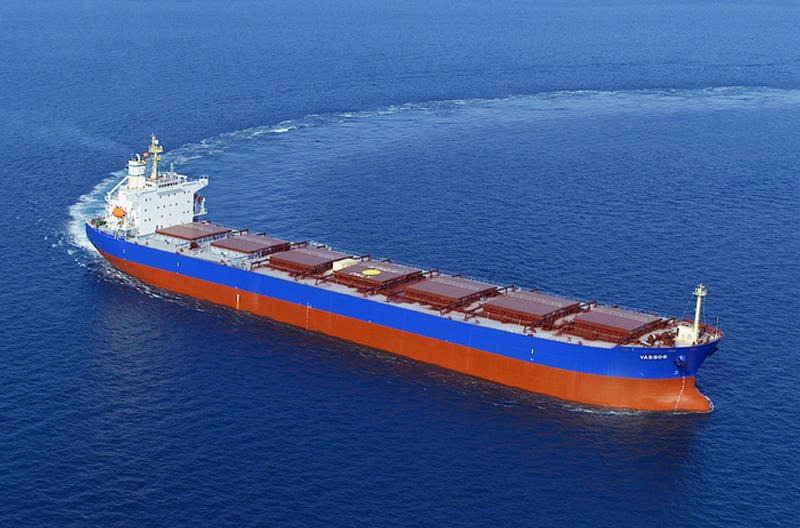
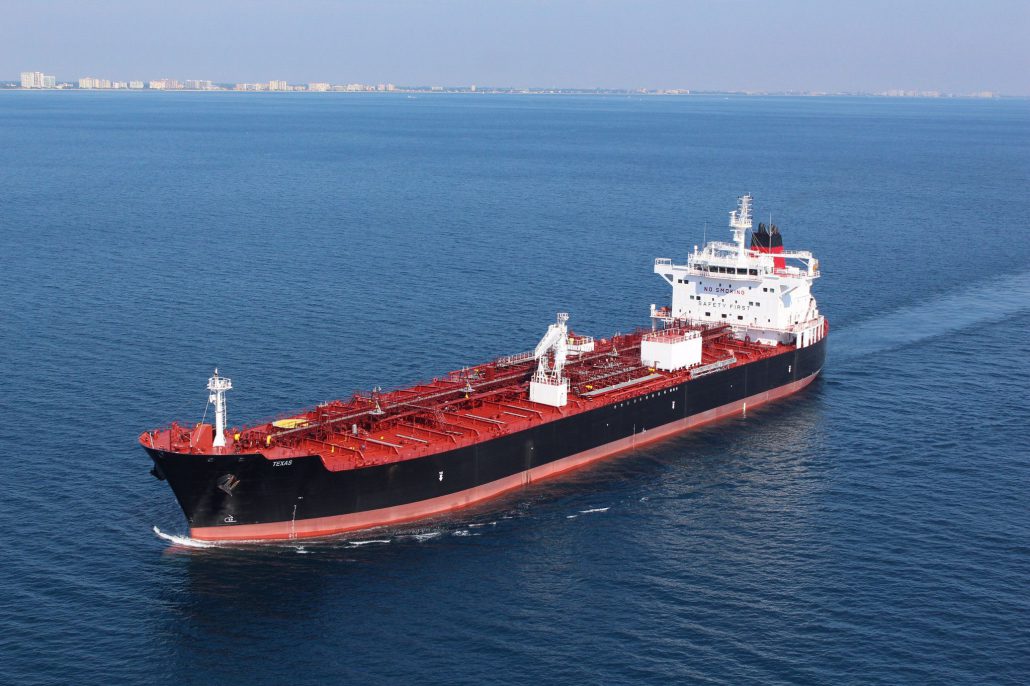
Oil Tankers
These vessels carry refined petroleum products in numerous bulk tanks for safety and in order to carry a number of different products in a single voyage.
Tankers of less than 100,000 dwt are referred to as either “clean” or “dirty”. Clean tankers carry refined petroleum products such as gasoline, kerosene, jet fuels, or chemicals. The so-called dirty vessels transport products such as heavy fuel oils or crude oil. Larger tankers usually only carry crude oil.
Reefer Vessels
Refrigerated Cargo Carrying Vessels (“Reefers”) are purpose built to carry fruit, meat and other food products across the sea in a fresh and clean manner.
Perhaps the most famous of these types of vessels are the banana carriers, trading between the Caribbean and Europe. They are sleak and fast, as their trade demands, with cooling (refrigeration) equipment to keep their cargoes fresh.
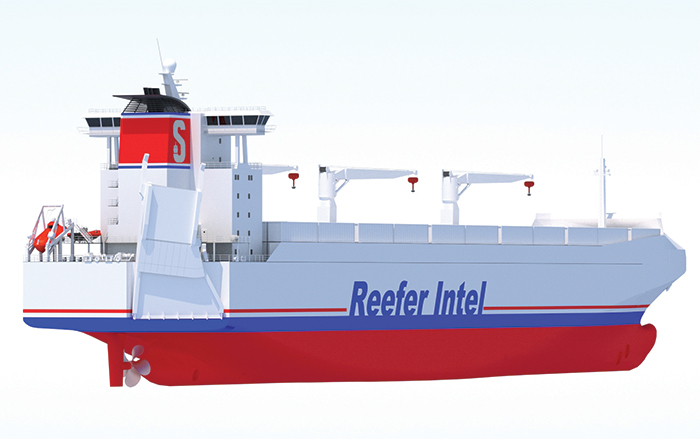
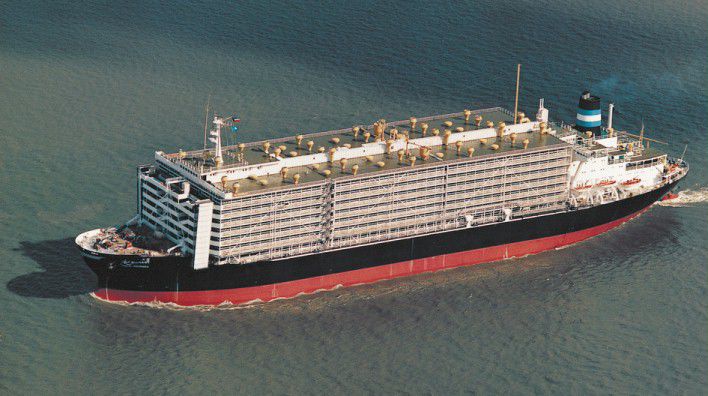
Livestock Carriers
The carriage of live animals around the world is performed by specialist vessels, designed (or adapted) to transport large numbers of cattle and sheep in secure but humane conditions. The trade is largely from Australia to the Middle East &/or S.E. Asia. One modern vessel may carry up to 125,000 sheep.
This transport of live animals requires experienced and specialized operators. The dangers of disease, rejection, injury and death to and from the animals is particularly high, coupled with the current activities of animal rights activists. When a livestock carrier has a fire or sinks,the loss of life of the animals can be appalling. Remember, sheep and cattle can’t swim and they are not very good, when it comes to Lifeboat Drills.
Gas Carriers
A gas carrier (or gas tanker) is a ship designed to transport LPG, LNG or liquefied chemical gasses in bulk.Gas carrier ships are especially designed ocean-going vessels that are dedicated for transporting all types of liquefied natural gases (LNG) and liquefied petroleum gases (LPG) to their destinations. These ships are inbuilt with tankers of plain surface, spherical or cylindrical shape to carry the gas. Capacity of a gas carriers depends on the trade for which it was constructed and ranges from 3,500 –1, 50,000 m3.
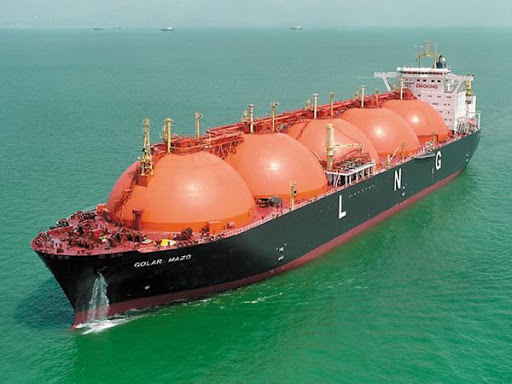
Passenger Ships
A passenger ship is a ship whose primary function is to carry passengers. The category does not include cargo vessels which have accommodations for limited numbers of passengers, such as the formerly ubiquitous twelve-passenger freighters in which the transport of passengers is secondary to the carriage of freight. The type does however include many classes of ships which are designed to transport substantial numbers of passengers as well as freight. Indeed, until recently virtually all ocean liners were able to transport mail, package freight and express, and other cargo in addition to passenger luggage, and were equipped with cargo holds and derricks, kingposts, or other cargo-handling gear for that purpose. Modern cruise ferries have car decks for lorries as well as the passenger’s cars. Only in more recent ocean liners and in virtually all cruise ships has this cargo capacity been removed.
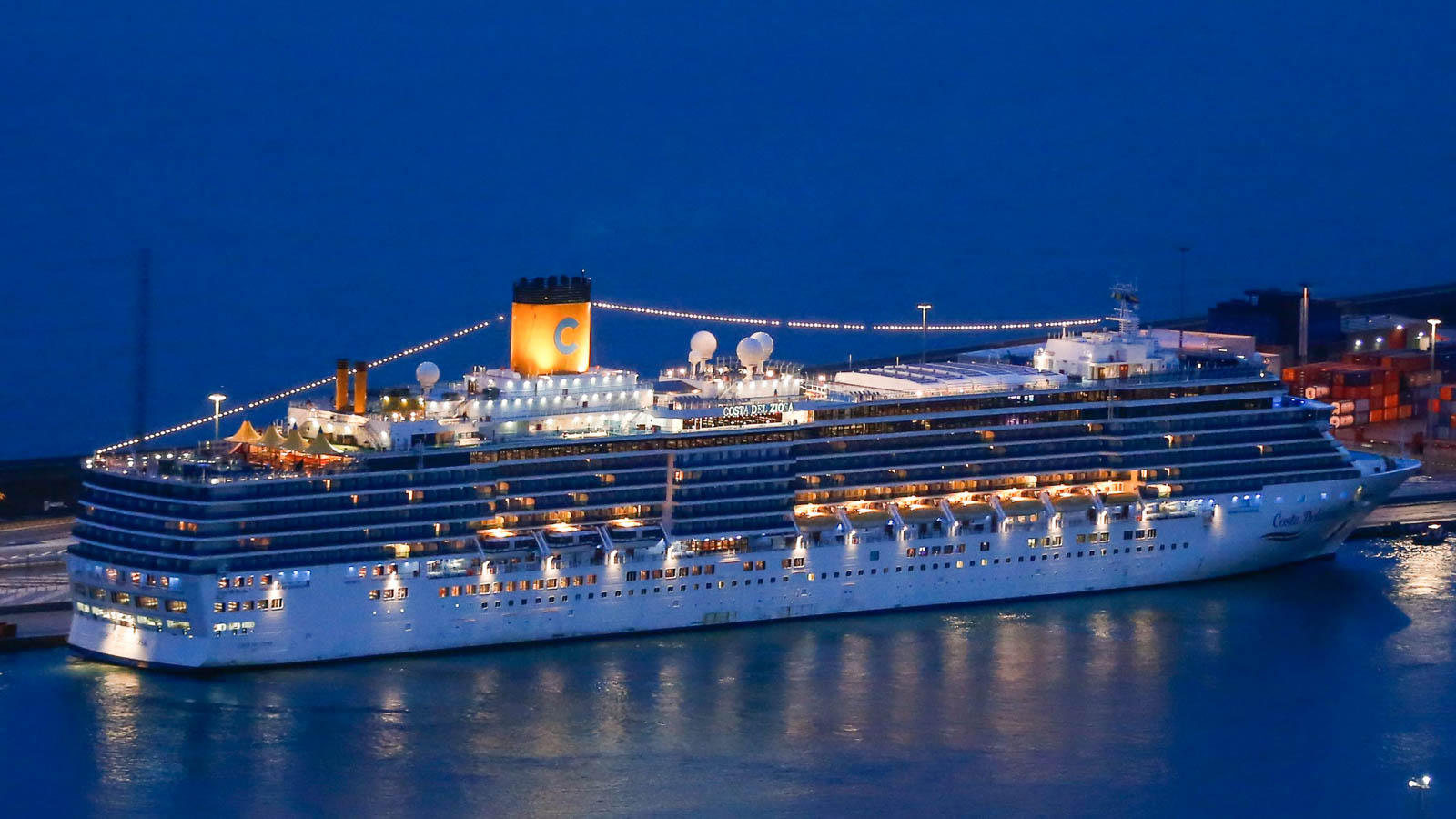
Cruise Ships
A cruise ship or cruise liner is a passenger ship used for pleasure voyages, where the voyage itself and the ship’s amenities are part of the experience, as well as the different destinations along the way. Transportation is not the prime purpose, as cruise ships operate mostly on routes that return passengers to their originating port, so the ports of call are usually in a specified region of a continent. There are even “cruises to nowhere” or “nowhere voyages” where the ship makes 2-3 day round trips without any ports of call.
Ferries
A ferry (or ferryboat) is a boat or ship (a merchant ship) used to carry (or ferry) primarily passengers, and sometimes vehicles and cargo as well, across a body of water. Most ferries operate on regular, frequent, return services. A passenger ferry with many stops, such as in Venice, is sometimes called a water bus or water taxi.
Ferries form a part of the public transport systems of many waterside cities and islands, allowing direct transit between points at a capital cost much lower than bridges or tunnels. However, ship connections of much larger distances (such as over long distances in water bodies like the Mediterranean Sea) may also be called ferry services, especially if they carry vehicles.
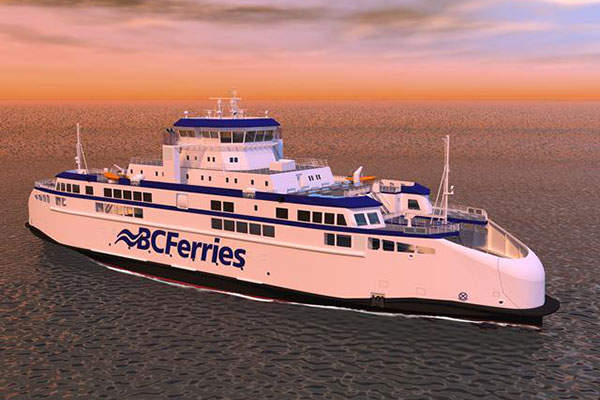
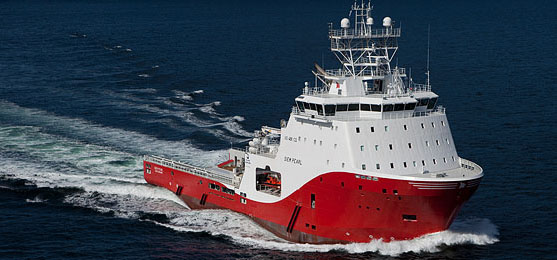
Platform supply vessel
A Platform supply vessel (often abbreviated as PSV) is a ship specially designed to supply offshore oil platforms. These ships range from 20 to 100 meters in length and accomplish a variety of tasks. The primary function for most of these vessels is transportation of goods and personnel to and from offshore oil platforms and other offshore structures.
In the recent years a new generation of Platform Supply Vessel entered the market, usually equipped with Class 1 or Class 2 Dynamic Positioning System
Accommodation Barge
Accommodation barge is designed to accommodate work personnel and crew with a degree of comfort and safety. It is usually fully fitted with equipments to undertake a variety of offshore tasks. On our list, the 300 men accommodation work barges are completely outfitted and equipped for pipe laying, derrick work and other.